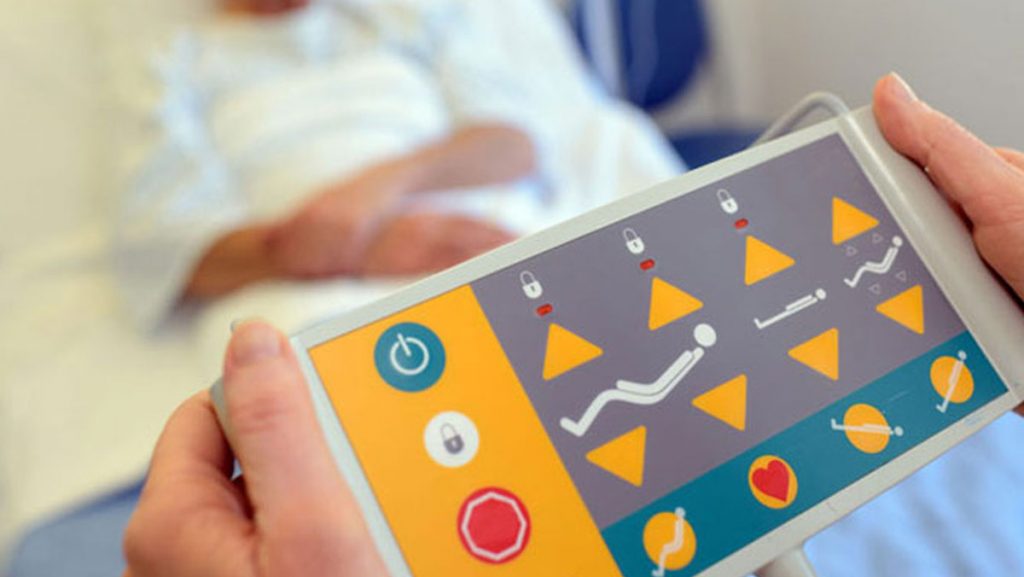Contact
Write to Us And We Would Be Happy to Advise You.
Do you have any questions, or would you like to speak directly with a representative?
By hqt

Medical devices play a crucial role in the diagnosis, monitoring, and treatment of various health conditions. As technology continues to advance, the demand for more efficient and user-friendly equipment is growing rapidly. One of the essential components of many medical devices is the membrane switch, which serves as a primary interface between the user and the device. In this article, we will discuss the various aspects of medical device membrane switches, including their design, benefits, and applications in healthcare settings.
A membrane switch is a thin, flexible, and durable electrical switch that allows users to interact with electronic devices through tactile feedback. They consist of multiple layers, including a graphic overlay, spacer layers, and circuit layers. The graphic overlay displays the device’s interface, while the spacer layers separate the conductive circuit layers. When pressure is applied to a button on the overlay, the circuit layers make contact and complete the electrical circuit, triggering the desired action.
Medical device membrane switches are designed to withstand harsh environments, such as hospitals and clinics, where they may be exposed to chemicals, fluids, and regular cleaning. They are made from materials that offer high resistance to chemicals, UV radiation, and abrasion, ensuring a long lifespan and consistent performance.
Due to their flat, sealed surface, membrane switches are easy to clean and sterilize, which is crucial in healthcare settings to minimize the risk of contamination and infection. They can be wiped down or disinfected without causing damage to the switch, ensuring continued functionality and patient safety.
Medical device membrane switches can be customized to meet specific requirements, such as color-coding for easy identification, backlighting for improved visibility in low-light conditions, or incorporating Braille for accessibility. Customization allows manufacturers to create interfaces that cater to the unique needs of healthcare professionals and their patients.
Tactile feedback is an essential feature in medical devices as it allows users to feel a response when a button is pressed, ensuring accurate and confident operation. Membrane switches can be designed with various tactile feedback options, such as metal or polyester domes, to suit different application requirements and preferences.
Selecting the right materials for a medical device membrane switch is crucial to ensure durability, chemical resistance, and ease of cleaning. Common materials used for the graphic overlay include polyester and polycarbonate, while the circuit layers are typically made from silver, carbon, or copper.
To maintain cleanliness and protect the internal components of the medical device, membrane switches should be designed with proper sealing and gasketing. This prevents ingress of moisture, dust, and contaminants, which can compromise the device’s performance and longevity.
In some medical environments, such as operating rooms or emergency settings, backlighting is essential for easy visibility and accurate operation. Membrane switches can be designed with various backlighting options, including LEDs, electroluminescent lamps, or light guides, to suit the specific needs of the application.
Medical devices often operate in close proximity to other electronic equipment, making them susceptible to electromagnetic interference (EMI) and radio frequency interference (RFI). Proper shielding can be integrated into the membrane switch design to minimize interference and ensure consistent performance.
Medical device membrane switches are used in a wide range of healthcare equipment, including:
Membrane switches are commonly used in patient monitoring systems, such as vital signs monitors and electrocardiogram (ECG) machines. They provide a user-friendly interface for healthcare professionals to access and input patient data, as well as control various monitoring functions.
Diagnostic equipment, such as ultrasound machines, X-ray devices, and blood analyzers, rely on membrane switches for easy operation and precise control. The switches allow users to navigate through menus, adjust settings, and obtain accurate readings during diagnostic procedures.
Infusion pumps, which deliver controlled amounts of fluids and medications to patients, require precise and reliable user interfaces. Membrane switches offer a durable and easy-to-clean solution, ensuring accurate dosage and reliable performance.
Ventilators are critical in the management of respiratory conditions and during surgeries that require anesthesia. Membrane switches in these devices enable healthcare professionals to set and adjust ventilation parameters, monitor patient data, and respond to alarms efficiently.
Surgical equipment, such as electrosurgical units, surgical lasers, and robotic surgical systems, utilize membrane switches for precise control during medical procedures. Customizable interfaces cater to the unique needs of healthcare professionals and provide tactile feedback for accurate operation.
Rehabilitation equipment, including electrical stimulation devices, treadmills, and therapeutic ultrasound machines, often feature membrane switches for ease of use and durability. They allow therapists to select and adjust treatment parameters, monitor patient progress, and ensure safe and effective therapy.
Medical device membrane switches have become an indispensable component in various healthcare equipment due to their durability, ease of cleaning, customization, and tactile feedback. With proper design considerations, such as material selection, sealing, backlighting, and shielding, membrane switches can enhance the functionality and usability of medical devices, ultimately improving patient care and outcomes. As technology continues to advance, membrane switches will play a vital role in the development of more sophisticated and user-friendly medical equipment.
Do you have any questions, or would you like to speak directly with a representative?